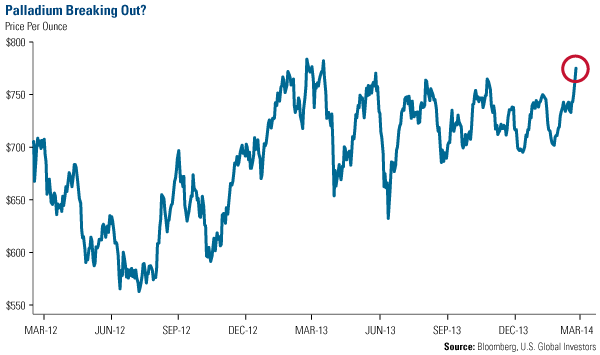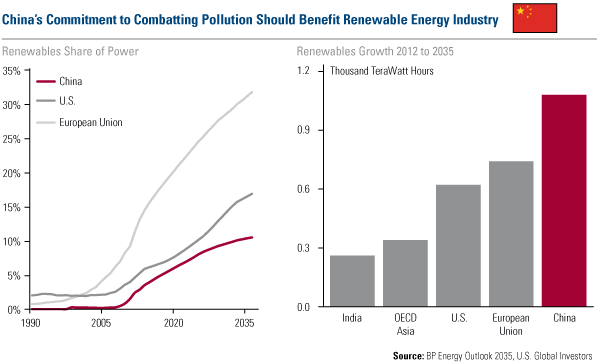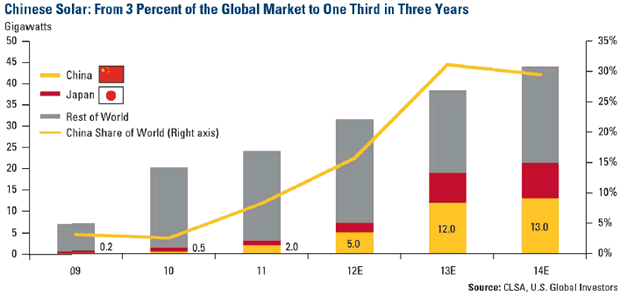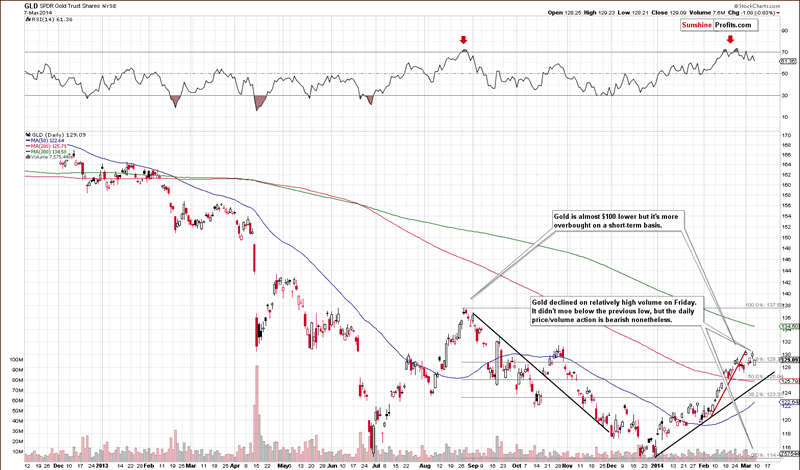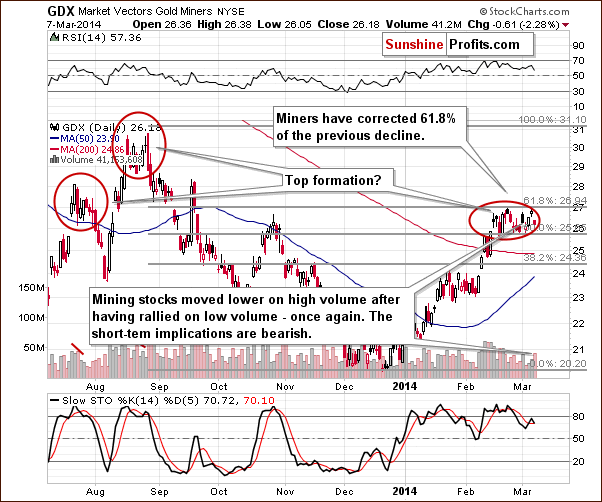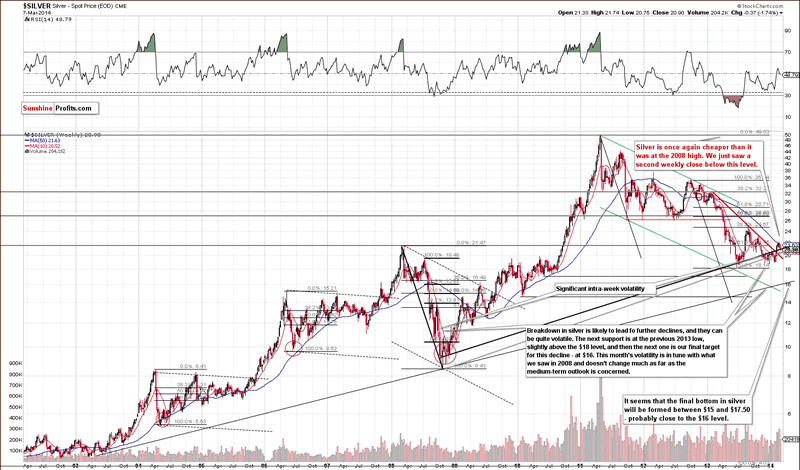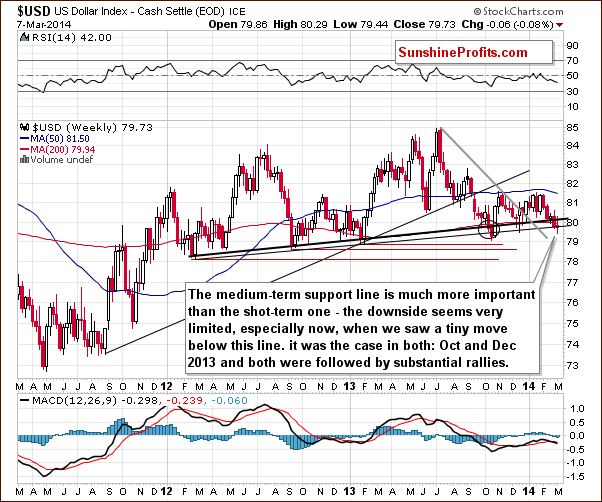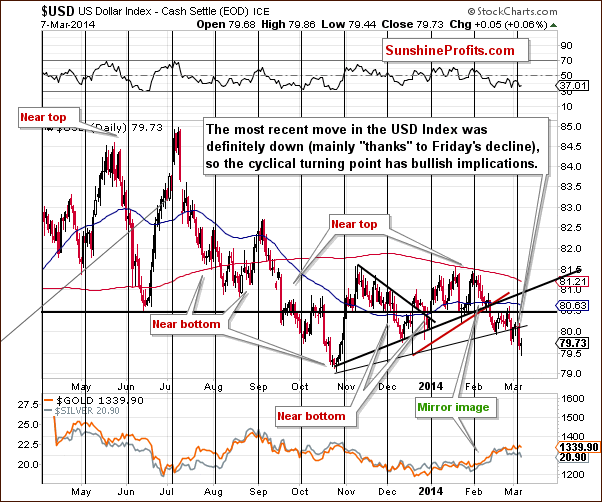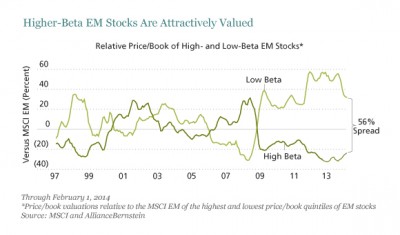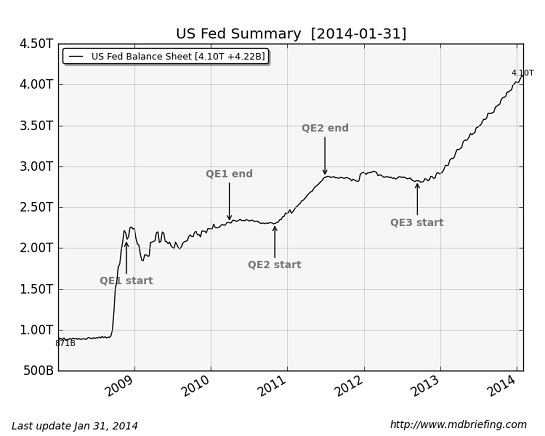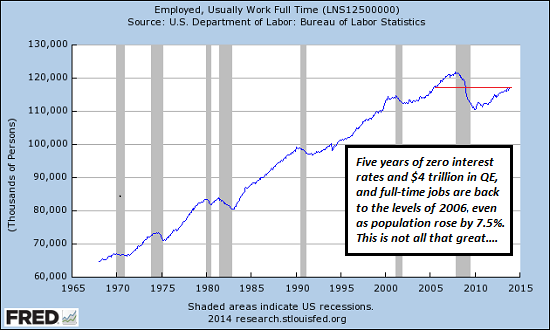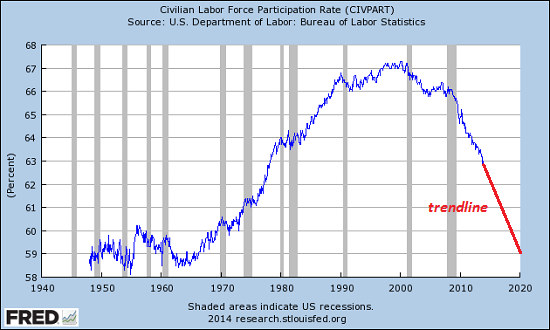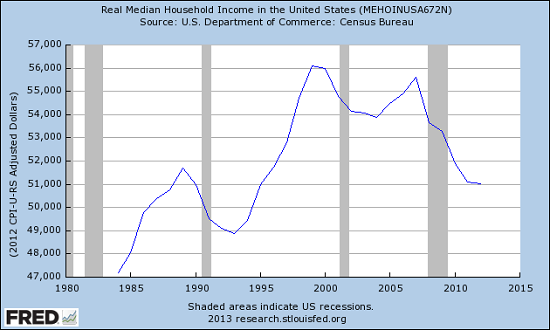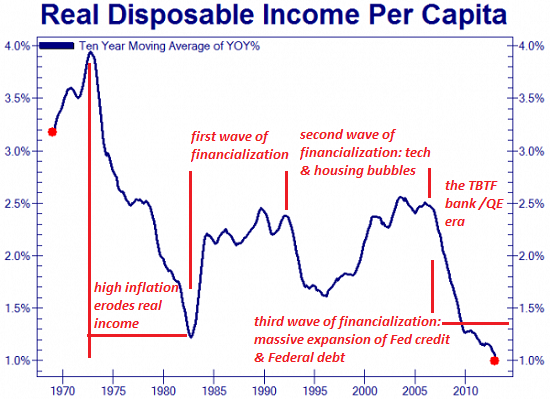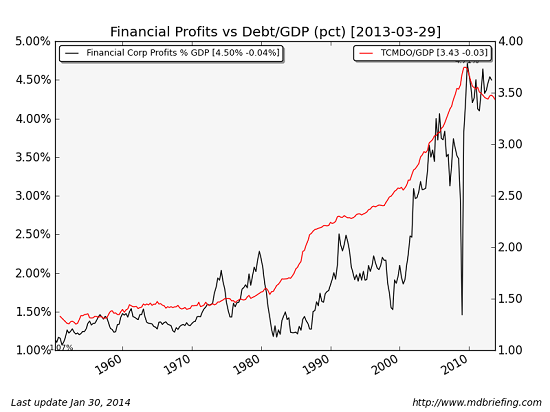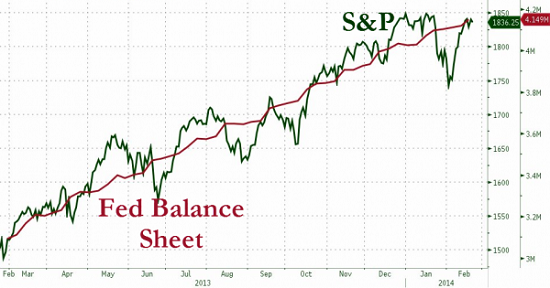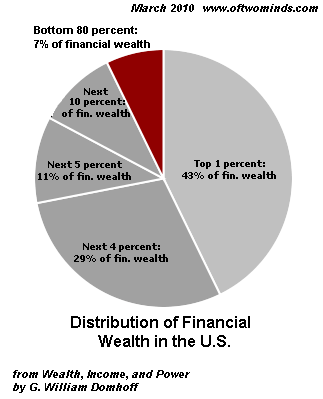by Sergei Guriev
PARIS – The debate around Crimea is no longer centered on international law: Russian President Vladimir Putin has publicly recognized that he does not feel bound by it and does not care if the rest of the world deems Russia’s actions illegal. What is not clear is whether Russia’s economy can bear the burden of Putin’s objectives in Ukraine.
Regardless of the West’s response to the Crimean crisis, the economic damage to Russia will be vast. First, there are the direct costs of military operations and of supporting the Crimean regime and its woefully inefficient economy (which has been heavily subsidized by Ukraine’s government for years.) Given the uncertainty surrounding Crimea’s future status, these costs are difficult to estimate, though they are most likely to total several billion dollars per year.
A direct cost of this magnitude amounts to less than 0.5% of Russia’s GDP. While not trivial, Russia can afford it. Russia just spent $50 billion dollars on the Sochi Olympics and plans to spend even more for the 2018 World Cup. It was prepared to lend $15 billion to former Ukrainian President Viktor Yanukovych’s government and to provide $8 billion annually in gas subsidies.
Then there are the costs related to the impact of sanctions on trade and investment. Though the scope of the sanctions remains uncertain, the effect could be enormous. Annual inward foreign direct investment is estimated to have reached $80 billion in 2013. A significant decline in FDI – which brings not only money but also modern technology and managerial skills – would hit Russia’s long-term economic growth hard. And denying Russian banks and firms access to the US (and possibly European) banking system – the harshest sanction applied to Iran – would have a devastating impact.
In the short run, however, it is trade that matters much more than investment. Russia’s annual exports (mostly oil, gas, and other commodities) are worth almost $600 billion, while annual imports total almost $500 billion. Any non-trivial trade sanctions (including sanctions on Russian financial institutions) would be much more painful than the direct cost of subsidizing Crimea. Of course, sanctions would hurt Russia’s trading partners, too. But Russia’s dependence on trade with the West is certainly much larger than vice versa.
Moreover, the most important source of potential damage to Russia’s economy lies elsewhere. Russian and foreign businesses have always been worried about the unpredictability of the country’s political leadership. Lack of confidence in Russian policymaking is the main reason for capital flight, low domestic asset prices, declining investment, and an economic slowdown that the Crimea crisis will almost certainly cause to accelerate.
Indeed, Russia’s response to events in Ukraine has exceeded the worst expectations of those who were already questioning whether Putin is, as German Chancellor Angela Merkel put it, “in touch with reality.” The move to annex Crimea has reversed any soft-power benefit that Putin might have gained from the Sochi Olympics and the pardons he granted (as recently as December) to imprisoned opponents like Mikhail Khodorkovsky and the members of Pussy Riot.
The sacrifice of these gains suggests that the Crimea adventure was not part of long-considered plan. On the contrary, since the crisis began, Russia’s leaders have repeatedly contradicted their previous statements, backtracked, reversed decisions, and denied easily verifiable facts. All of this indicates that Russian political leaders have no strategy and do not foresee the consequences of their decisions. Even the Kremlin’s own supporters acknowledge that Putin “is improvising.”
It is also clear that the decisions to violate international law, despite the risk of economic isolation, were made in an ad hoc fashion by Putin’s innermost circle. For example, Valentina Matviyenko, the chairwoman of the Federation Council (the parliament’s upper house), announced that Russia would not send troops to Ukraine – just two days before she and the Council voted unanimously to authorize Putin to do precisely that. And Matviyenko is one of the 12 permanent members of Russia’s National Security Council, the supreme decision-making authority on such matters.
Regardless of whether the Kremlin is irrational or simply uninformed, its policy in Crimea sends an unmistakable signal to investors: Russia’s political leaders are impossible to predict. This will further undermine Russian and foreign investors’ confidence and increase capital flight, which could not come at a worse time. With credit-fueled consumer spending – the engine driving GDP growth since 2010 – now running out of steam, the economy is stagnating.
Meanwhile, investment is still below its 2008 peak. Despite a wealth of opportunities across the Russian economy, the country’s hostile business climate – including bloated bureaucracies, widespread corruption, and the expansion of state-owned companies – has weakened Russian and foreign investors’ incentive to start new projects or expand existing ones. The realization that Putin has entered, to quote Merkel again, “another world” will only make matters worse.
Will Russians notice the economic costs of the Kremlin’s irrationality? GDP growth has already slowed and may turn negative. The stock market has already fallen sharply and may fall further. Of course, equity ownership in Russia is narrow; most Russians do not even follow market indices. But increased capital flight will also affect something that ordinary Russians know and care about: the ruble’s exchange rate.
On the Monday after Putin’s Crimea adventure began, the Central Bank of Russia reportedly spent $11.3 billion to prop up the ruble. Such support is clearly unsustainable; in fact, the CBR recently announced that it will allow the ruble to float, implying an exchange rate that reflects the market’s expectations concerning oil prices and future capital outflows.
Thus, worries about a Putin who has “lost touch with reality” imply not only a lower (or even negative) GDP growth rate, but also – and more immediately – a weaker currency, driving up prices of imported consumer goods. All Russians will soon feel the effects; whether that will bring their president back from his world to this one is another matter.





